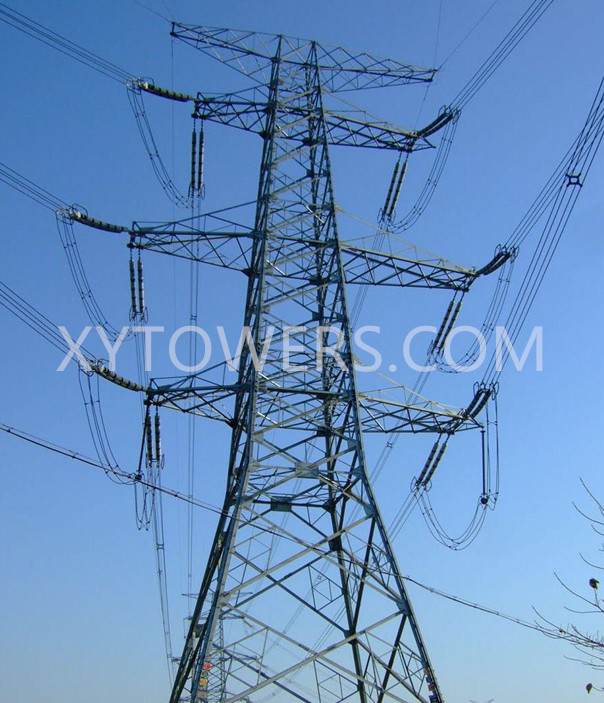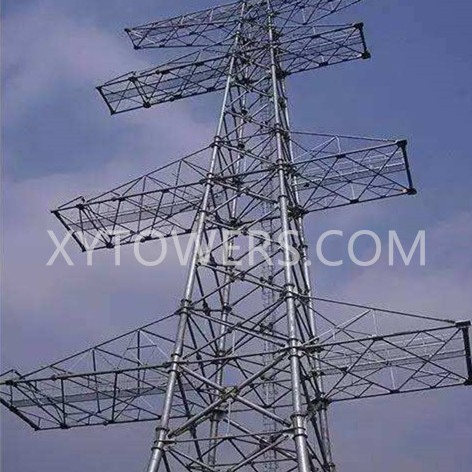Classified by use
Transmission Tower: Used to support high-voltage transmission lines that carry electrical energy from power plants to substations.
Distribution Tower: Used to support low-voltage distribution lines that transmit electrical energy from substations to end users.
Visual Tower: Sometimes, power towers are designed as visual towers for tourism or promotional purposes.
Classification by line voltage
UHV tower: used for UHV transmission lines, usually with voltages above 1,000 kV.
High-voltage tower: used on high-voltage transmission lines, typically ranging from 220 kV to 750 kV.
Medium Voltage Tower: Used on medium voltage transmission lines, typically in the voltage range 66 kV to 220 kV.
Low Voltage Tower: Used on low voltage distribution lines, typically less than 66 volts.


Classification by structural form
Steel tube tower: A tower composed of steel tubes, often used on high-voltage transmission lines.
Angle steel tower: A tower composed of angle steel, also commonly used in high-voltage transmission lines.
Concrete Tower: A tower constructed of concrete, suitable for use on a variety of power lines.
Suspension tower: used to suspend power lines, usually when the line needs to cross rivers, canyons or other obstacles.
Classification by structural form
Straight Tower: Typically used in flat areas with straight lines.
Corner Tower: Used where lines need to turn, generally using corner structures.
Terminal Tower: Used at the beginning or end of a line, usually of special design.
Post time: Jul-22-2024





